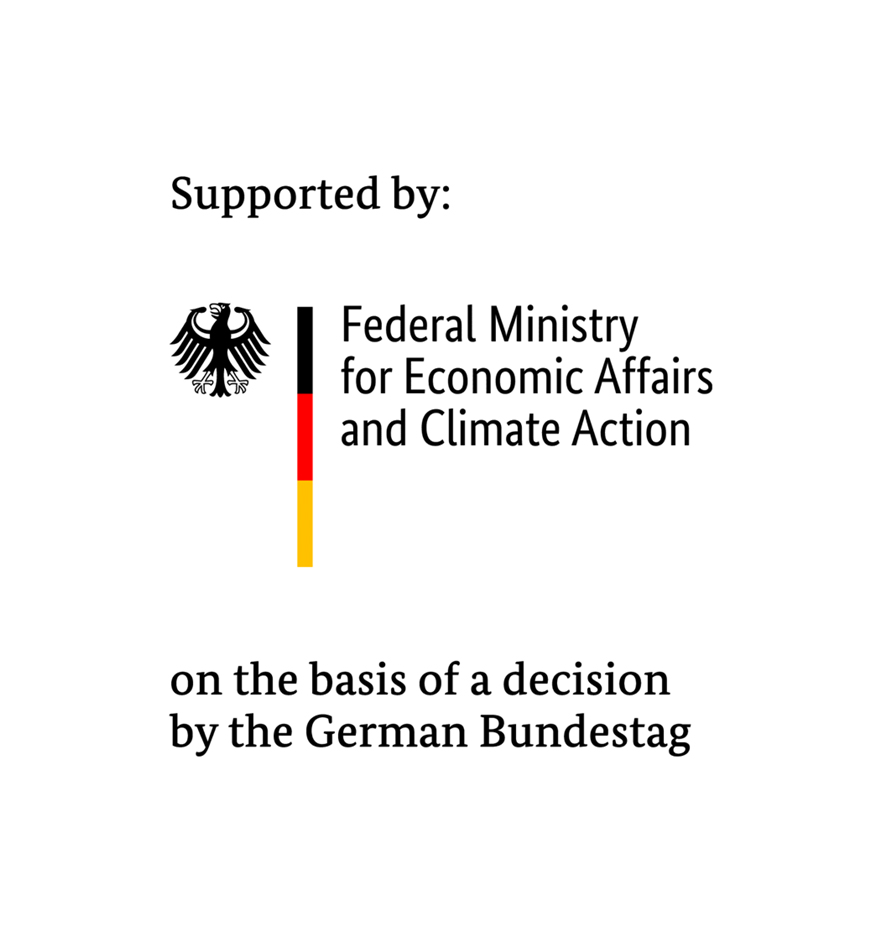Industrial clearance of hazardous waste from dumping sites at sea
| Funding: | Federal Ministry for Economic Affairs and Climate Action (BMWK) |
| Total funding (IWES): | EUR 962,000 |
| Partners: | Fraunhofer IWES, ATLAS ELEKTRONIK GmbH (project coordination), thyssenkrupp Marine Systems GmbH, Stascheit GmbH |
| Commissioned partners: |
Patzold, Köbke Engineers GmbH & Co. KG |
| Duration: | 06/2023 – 05/2025 |
- Millions of tons of hazardous waste, including from the military sector, i.e., unexploded ordnance (UxO), in our seas and oceans not only threaten our environment but also have consequences for the development of the offshore wind energy sector and other infrastructure projects.
- The salvage of this hazardous waste has been the focus of research for some years now, but there is still no closed process chain in place for its detection, classification, and disposal.
- The IRAV project aims to identify existing system gaps and close them with new solutions which are viable from both a technical and a cost-efficiency perspective.
- Fraunhofer IWES is developing two processes for the detection and characterization of hazardous waste (covered in sand) in a subproject.
The challenge
The coastal waters off Germany contain a huge amount of hazardous waste, remnants of munition, and unexploded ordnance, which poses a great threat to our environment. The risks associated with remnants of explosives and other toxic substances also have consequences for the construction of offshore wind farms as well as offshore cable routes and pipelines, port and infrastructure measures, maritime traffic, the fishing industry, and tourism.
The detection and salvage of this hazardous waste has been the subject of a wide range of research projects in recent years, but there is still no complete, safe, and cost-effective system available for its detection, classification, and disposal. For example, there are no established methods for locating and identifying explosive ordnance which has sunk into the seabed and there are no cost-effective and safe methods for destroying explosive ordnance at sea.
The solution
The IRAV project aims to identify and fill these system gaps. To this end, the project partners are developing solutions for the detection, classification, salvage, and disposal of hazardous waste in large marine areas. Building on this work, demonstrators will be designed with which the applicability and economic viability can be evaluated. IRAV thus has the potential to enable a closed process chain for hazardous waste clearance. One important focus is on increasing the efficiency, sustainability, and safety of the technical solutions by means of automation.
Fraunhofer IWES is developing two solutions for the detection and characterization of hazardous waste (covered in sand) in a subproject. For one thing, the scientists are developing a multichannel seismic measuring system for the efficient location of hazardous waste in large marine areas. The system will be validated in port and sea tests with the help of a demonstrator. This measuring system is based on preliminary work performed at Fraunhofer IWES and will be specially optimized for the goal of detecting typical munition dump sites down to a depth of five meters below the seabed.
In addition, Fraunhofer IWES is also assisting the project partner Atlas Elektronik with its work on an AUV-based multichannel seismic measuring system. This system will make it possible to measure detected hazardous waste in a targeted manner and perform characterization of the object properties using the collected seismic data. These approaches should help to reduce the ambiguity of conventional, e.g., magnetic, measurements via the integration of a range of measuring methods and thus minimize the costs and efforts involved in hazardous waste clearance.
The added value
The ultimate goal of the project is to clear hazardous waste from national and international waters both rapidly and in a cost-effective manner. Although there is still a long way to go, new technologies and solutions will contribute to making the seas and oceans of the world safer and cleaner bit by bit and ensuring access to marine resources – for both new and existing facilities and systems.
